PHOENIX, AZ–(Marketwire – Jun 22, 2011) – The Tempe Storage Company contracted Relumination, LLC, the LED lighting solutions company, to update their exterior lighting with energy efficient lighting to significantly reduce energy costs and improve lighting quality for their customers. As a result, the self-storage facility reduced their lighting electricity consumption by 87%.
In addition to the energy savings, the installed LED lighting increases onsite security and provides a brighter night-time loading and unloading environment for personal and business customers. Tempe Storage Company’s LED lights have improved on the ground lighting by 20% on average.
“We want to provide our community a safe, secure place to store their personal and business valuables and better lighting helps us deliver upon our customer satisfaction promise,” said Terry Blakemore, owner of Tempe Storage Company. “We are able to pass along our reduced energy savings to our customers by keeping our monthly rental prices very competitive, especially considering we are Tempe’s newest storage facility.”
Relumination provided a full lighting energy consumption assessment, recommendations, implementation, and utility rebate processing and post-installation verification. Tempe Storage Company asked Relumination to replace all of the 215w HPS exterior lights at the self-storage facility with 26w LED fixtures which reduced the watts usage from 8,800 to 1,144 per hour. Tempe Storage Company also reduced future lighting-related maintenance expenses with the installation of LED lamps that have a 12-year estimated life span.
“Relumination lighting solutions for self-storage facilities make a positive impact on their bottom-line,” said Daniel Henderson, CEO of Relumination. “Our clients typically see triple digit return on investment within the first three years of retrofitting their lighting with LED solutions.”

Tempe Storage Company projects annual electricity savings and reduction in maintenance expenses to total nearly $4,000 per year with anticipated full ROI in just 30 months. In addition to the eligibility for a 100% tax deduction through The Tax Relief, Unemployment Insurance Reauthorization and Job Creation Act of 2010, the Arizona self-storage facility used utility rebates to pay for 20% of the upgrade project.
LED lighting retrofitting is a popular way for businesses to save on energy costs, as LED lights consume on average 50 to 80 percent less energy in comparison to traditional lighting. Additional savings for businesses include reductions in energy consumption, maintenance and replacement costs, as LED lights average 50,000 hours of use and produce very little heat.
The Relumination Lighting Energy Efficiency Program (LEEP) reduces the initial capital investment and provides organizations immediate benefits of LED lighting retrofitting to rapidly increase the return on investment on the lighting upgrade.
About Relumination — Relumination, LLC is a lighting technologies solutions company that helps customers reduce energy costs, save electricity, minimize facilities management expenses and decrease their environmental footprint. We provide reliable and sustainable LED products and services that exceed quality standards of reducing energy consumption by up to 90%. Our valued customers are in various industries from manufacturing to retail. The company privately held and headquartered in Arizona. www.relumination.com
About Tempe Storage Company — Tempe Storage Company provides self-storage facilities and amenities for personal and business use, including special programs for ASU students. The company provides fully air conditioned units, electronically secured, storage solutions with 24 hour video surveillance, ample LED exterior lighting, personal access codes, and on site management quarters. The new facility is located at 810 South McClintock Drive in Tempe, Arizona. For more information call(480) 776-5555 or visit www.tempestoragecompany.com.
 Solnar Metrolight Technology Inc. just finished replacing lighting inside the Beijing International Club Tennis Court. This job was tough because the company had to match the same design and amount of light for an indoor sports arena as the old lighting gave off. The lighting couldn’t be too bright or too dark or it would pose a safety threat to players and spectators. In May, the tennis court replaced 40 1000-watt lights with 196-watt LEDs. The new lighting was brighter, used less energy and had a longer lifetime than the previous lighting system. Plus, players no longer have to wait for the lamps to warm up and turn on! LEDs turn on to full power with a flick of a switch!
Solnar Metrolight Technology Inc. just finished replacing lighting inside the Beijing International Club Tennis Court. This job was tough because the company had to match the same design and amount of light for an indoor sports arena as the old lighting gave off. The lighting couldn’t be too bright or too dark or it would pose a safety threat to players and spectators. In May, the tennis court replaced 40 1000-watt lights with 196-watt LEDs. The new lighting was brighter, used less energy and had a longer lifetime than the previous lighting system. Plus, players no longer have to wait for the lamps to warm up and turn on! LEDs turn on to full power with a flick of a switch!
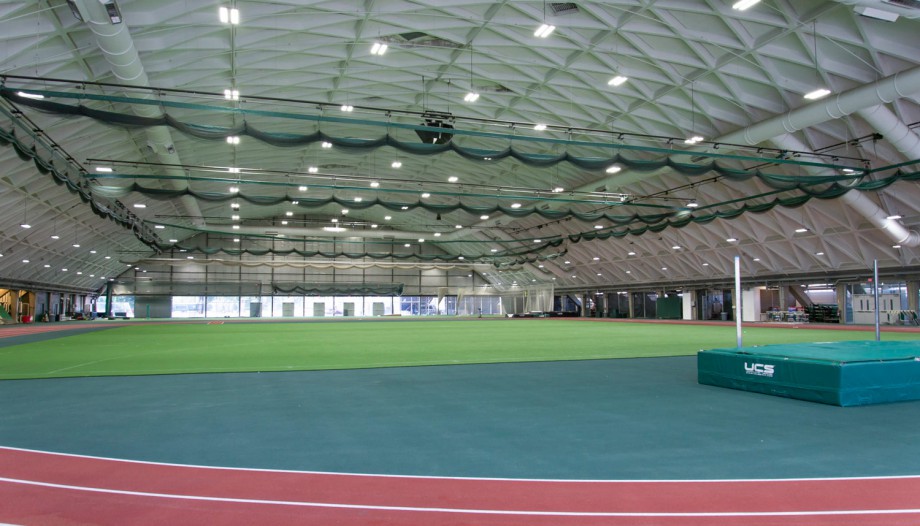
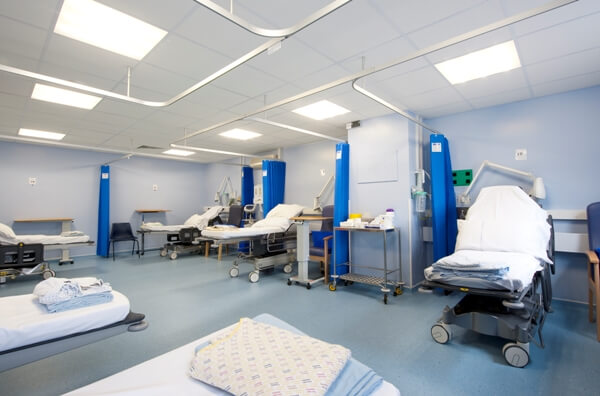
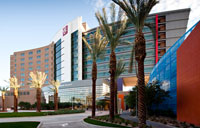
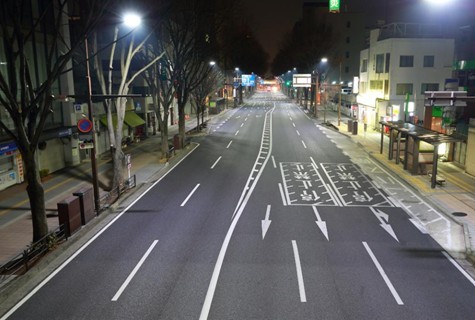
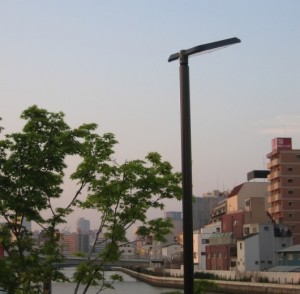 In Osaka Prefecture in Japan, LED lighting has been installed at a park on the Kizu River. Brand new 25-watt Philips Lumiled 25-watt LED lamps replaced high-pressure mercury lamps throughout the park, reducing electricity bills by 88%. The brightness of the new lamps,
In Osaka Prefecture in Japan, LED lighting has been installed at a park on the Kizu River. Brand new 25-watt Philips Lumiled 25-watt LED lamps replaced high-pressure mercury lamps throughout the park, reducing electricity bills by 88%. The brightness of the new lamps, 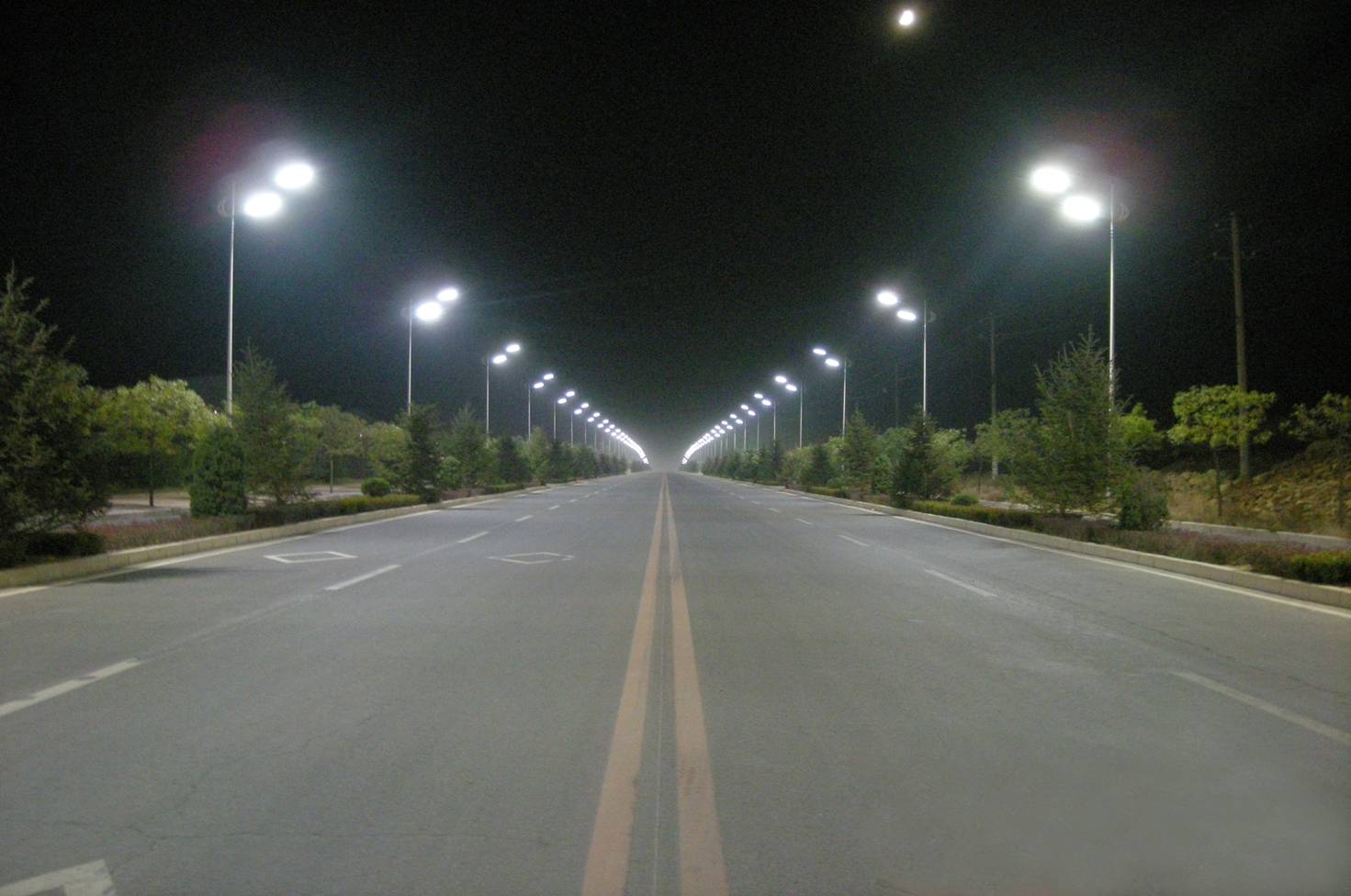
 Here at Relumination, we try to keep up with the latest LED lighting industry and installation news through our blogs and news posts. Though we have written many blogs about it in the past, one of the more popular installations of LEDs in cities, and even small towns, is street lighting. The benefits of LED street lights definitely outweigh the costs! The lights have a brighter, whiter light than the dim, yellowish hue street lights usually have, and some can also be dimmed. They also consume less than half as much energy as high pressure sodium lights.
Here at Relumination, we try to keep up with the latest LED lighting industry and installation news through our blogs and news posts. Though we have written many blogs about it in the past, one of the more popular installations of LEDs in cities, and even small towns, is street lighting. The benefits of LED street lights definitely outweigh the costs! The lights have a brighter, whiter light than the dim, yellowish hue street lights usually have, and some can also be dimmed. They also consume less than half as much energy as high pressure sodium lights.

 In the August 5th, 2011 edition of the Phoenix Business Journal we were featured in an article about LED lighting and the local market.
In the August 5th, 2011 edition of the Phoenix Business Journal we were featured in an article about LED lighting and the local market.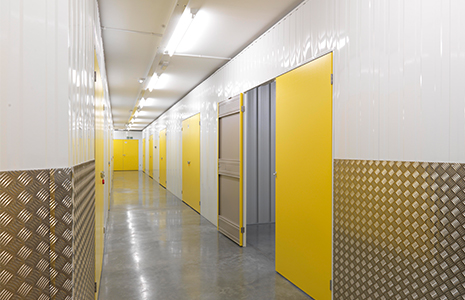
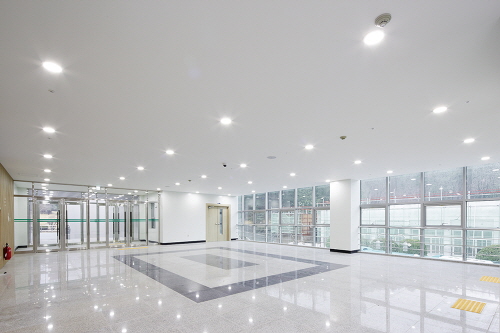
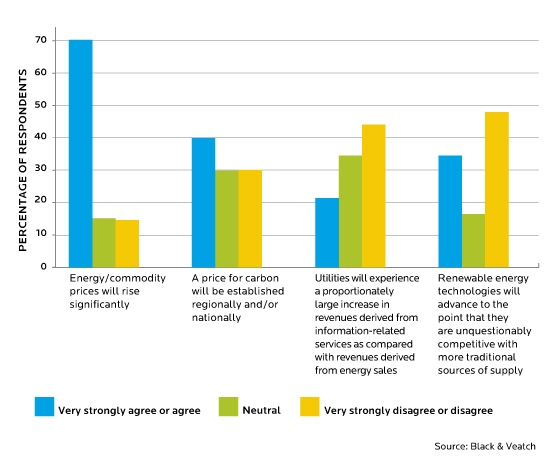
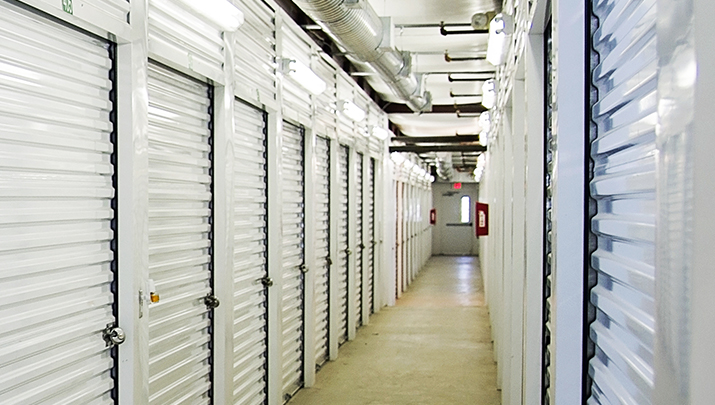

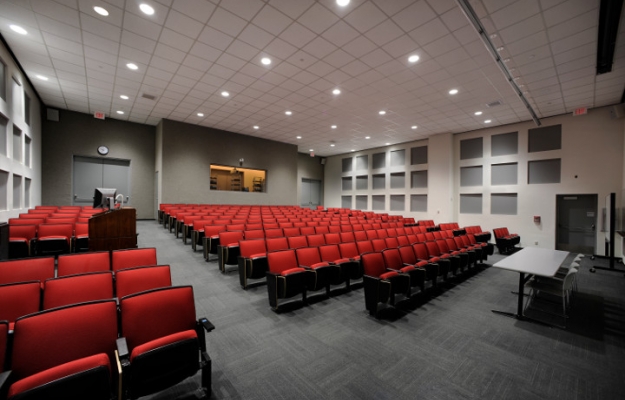
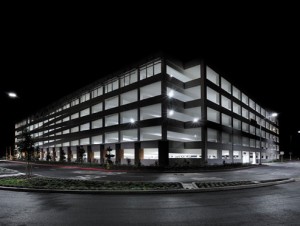 As part of California State University at Fullerton’s goal of becoming an all LED campus, the university is installing LED lights in a six-level parking structure near campus, the roadway near the parking structure, and along the walkway from the parking structure to the campus. Occupancy sensors will be installed on most of the 151 fixtures in the parking garage because the lights have to be on 24 hours every day commuter and residential students. The lights will power down to a lower energy setting when no one is in the parking garage. Doug Kind, the university’s manager of commissioning and energy compared the new LED lighting with an identical building powered with fluorescent lighting and found that the LEDs used 50% less energy than the fluorescent lights! Because the parking structure’s lighting was below California’s Title 24 Energy Code, $120,000 of energy incentives were granted to be used toward the project. In fact, the structure only consumes 20% of the amount of energy allowed in Title 24!
As part of California State University at Fullerton’s goal of becoming an all LED campus, the university is installing LED lights in a six-level parking structure near campus, the roadway near the parking structure, and along the walkway from the parking structure to the campus. Occupancy sensors will be installed on most of the 151 fixtures in the parking garage because the lights have to be on 24 hours every day commuter and residential students. The lights will power down to a lower energy setting when no one is in the parking garage. Doug Kind, the university’s manager of commissioning and energy compared the new LED lighting with an identical building powered with fluorescent lighting and found that the LEDs used 50% less energy than the fluorescent lights! Because the parking structure’s lighting was below California’s Title 24 Energy Code, $120,000 of energy incentives were granted to be used toward the project. In fact, the structure only consumes 20% of the amount of energy allowed in Title 24!